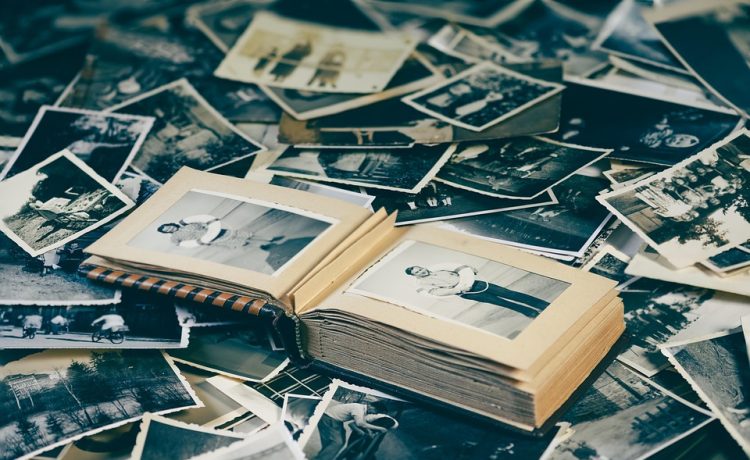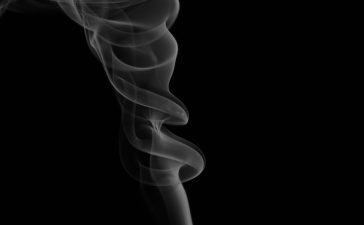Night photography can unveil a mesmerizing world filled with stark contrasts, vivid colors, and breathtaking vistas. However, capturing beauty in low-light conditions requires not just skill, but the right equipment. Choosing a camera that excels under these challenging circumstances can significantly elevate your nighttime shots. In this article, we’ll explore the best cameras for night photography and the key features that make them stand out.
Why Low-Light Photography is Challenging
Low-light conditions present unique challenges for photographers, primarily due to decreased available light. This can lead to blurry images, noise, and less vibrant colors. To overcome these hurdles, cameras must have:
- High ISO Performance: The ability to capture clear images at higher ISO settings without too much noise is crucial.
- Larger Sensors: Bigger sensors generally gather more light, resulting in better image quality in the dark.
- Fast Lenses: A lens with a wide aperture (like f/1.4 or f/2.8) allows more light to hit the sensor.
Top Cameras for Night Photography
1. Sony A7S III
Type: Mirrorless
Sensor: Full-Frame
ISO Range: 80-102,400 (expandable to 40-409,600)
The Sony A7S III is a powerhouse for low-light situations. Featuring an impressive dynamic range and outstanding performance at high ISO levels, this full-frame mirrorless camera is a favorite among night photographers. Its advanced phase-detection autofocus system performs exceptionally well in dim conditions, ensuring sharp images of moving subjects like cityscapes or night wildlife.
2. Canon EOS R6
Type: Mirrorless
Sensor: Full-Frame
ISO Range: 100-102,400 (expandable to 50-204,800)
The Canon EOS R6 combines excellent low-light performance with rapid burst shooting capabilities, making it perfect for capturing night scenes. The camera’s Dual Pixel autofocus system functions seamlessly in low light, and its in-body image stabilization helps reduce blur, which is essential for handheld photography.
3. Nikon Z6 II
Type: Mirrorless
Sensor: Full-Frame
ISO Range: 100-51,200 (expandable to 50-204,800)
Nikon’s Z6 II delivers exceptional performance in dark conditions, with a robust built-in stabilization system and excellent ISO capabilities. The camera’s back-illuminated sensor and high-quality lenses contribute to stunning low-light images with minimal noise.
4. Fujifilm X-T4
Type: Mirrorless
Sensor: APS-C
ISO Range: 160-12,800 (expandable to 80-51,200)
While the Fujifilm X-T4 has an APS-C sensor, it still shines in low light due to its excellent image processing capabilities and a wide selection of fast lenses. The unique film simulation modes, such as Classic Chrome and Astia, can add creative flair to night shots, elevating your photography beyond standard captures.
5. Panasonic Lumix GH5 II
Type: Mirrorless
Sensor: Micro Four Thirds
ISO Range: 200-25,600
The Panasonic Lumix GH5 II is a favorite among videographers and photographers alike. While it’s not full-frame, its advanced image stabilization and impressive ISO performance make it reliable in low-light environments. If you’re also interested in shooting video during nighttime, this camera excels in both stills and motion.
Essential Features to Look For
When selecting a camera for night photography, consider these key features:
- Image Stabilization: Prevents blurriness from camera shake, especially useful for longer exposures.
- Low-Light Autofocus: A reliable autofocus system that works in low light is crucial for ensuring sharp images.
- Lens Compatibility: Look for cameras with a diverse array of fast lenses available; the right lens can significantly enhance low-light photography.
- Articulate Screens: Flip-out screens can be beneficial for composing shots from various angles in challenging lighting conditions.
Conclusion
Mastering night photography starts with understanding the challenges that come with low-light conditions. By equipping yourself with the right camera, you can take control of the situation and capture stunning images that tell a story. Whether you opt for a full-frame powerhouse like the Sony A7S III or a versatile option like the Fujifilm X-T4, the key is to learn how to maximize your camera’s capabilities. So grab your gear, step out into the night, and let your creativity shine!






